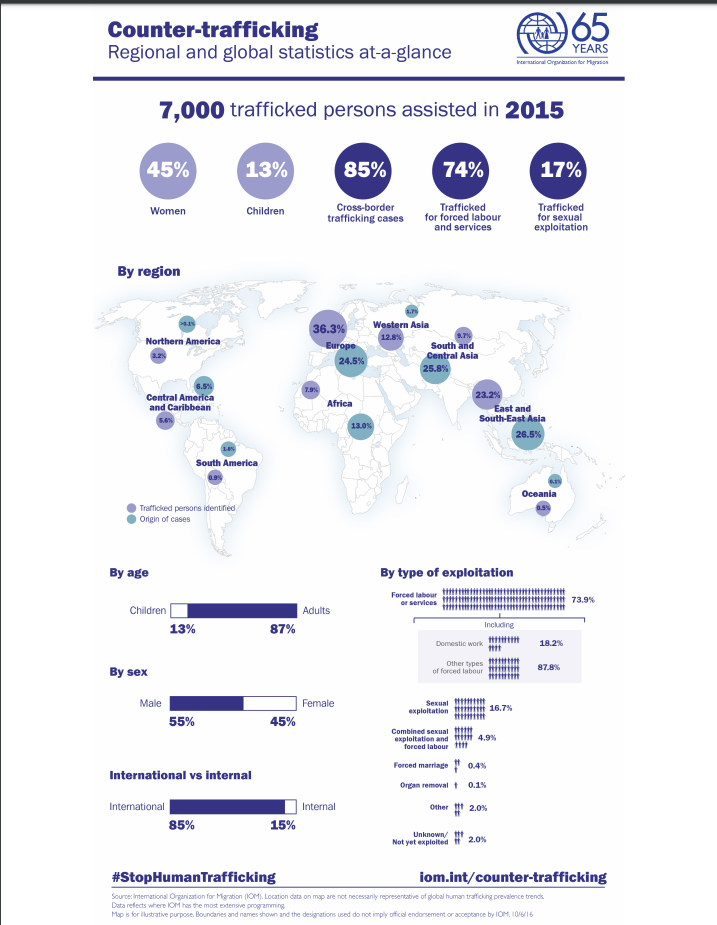Global Initiative to Explore the Sexual Exploitation of Boys – Thailand Report
GuidancePublicationsThis research looks at boys engaging in their own sexual exploitation by selling sex in Thailand. The report reveals a big knowledge gap amongst frontline welfare service providers, problematic beliefs and attitudes about male and gender diverse chi...Read More

